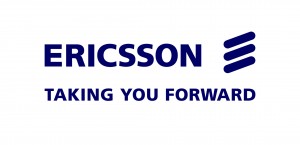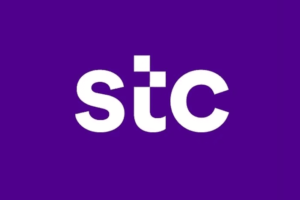 Ericsson has reported a 42{e1f18614b95d3cd6e4b3128e1cd15d99b042a60a5a19c19b7a8e07e7495efa10} slump in Q3 profit to 2.2 billion kronor ($381 million), in a sign that carrier network capex remains depressed in several key regions.
Ericsson has reported a 42{e1f18614b95d3cd6e4b3128e1cd15d99b042a60a5a19c19b7a8e07e7495efa10} slump in Q3 profit to 2.2 billion kronor ($381 million), in a sign that carrier network capex remains depressed in several key regions.While net sales declined just 2{e1f18614b95d3cd6e4b3128e1cd15d99b042a60a5a19c19b7a8e07e7495efa10} year-on-year, revenue from network equipment shrank 17{e1f18614b95d3cd6e4b3128e1cd15d99b042a60a5a19c19b7a8e07e7495efa10} to 26.9 billion kronor over the same period.
Ericsson CEO Hans Vestberg blamed the decline on ongoing weakness in demand in China, Korea, Russia and parts of Europe.
He pointed out that global services and support solutions revenue now accounts for more than 50{e1f18614b95d3cd6e4b3128e1cd15d99b042a60a5a19c19b7a8e07e7495efa10} of group wide sales.
“A continued macroeconomic slow down and political unrest in parts of the world…has led to more cautious operator spending in some [regions],” Vestberg said.
But he added that he believes “the fundamentals for longer-term positive development for the industry remain solid,” noting that the large and fast-growing smartphone user base will put ever-higher demands on network performance and quality.
The company’s gross margin declined to 30.4{e1f18614b95d3cd6e4b3128e1cd15d99b042a60a5a19c19b7a8e07e7495efa10} from 35{e1f18614b95d3cd6e4b3128e1cd15d99b042a60a5a19c19b7a8e07e7495efa10}, as the company picked up a higher share of coverage rather than capacity projects. In a further indication of the state of telecom infrastructure spending, Ericsson expects coverage projects to keep outnumbering capacity projects in the short-term.











